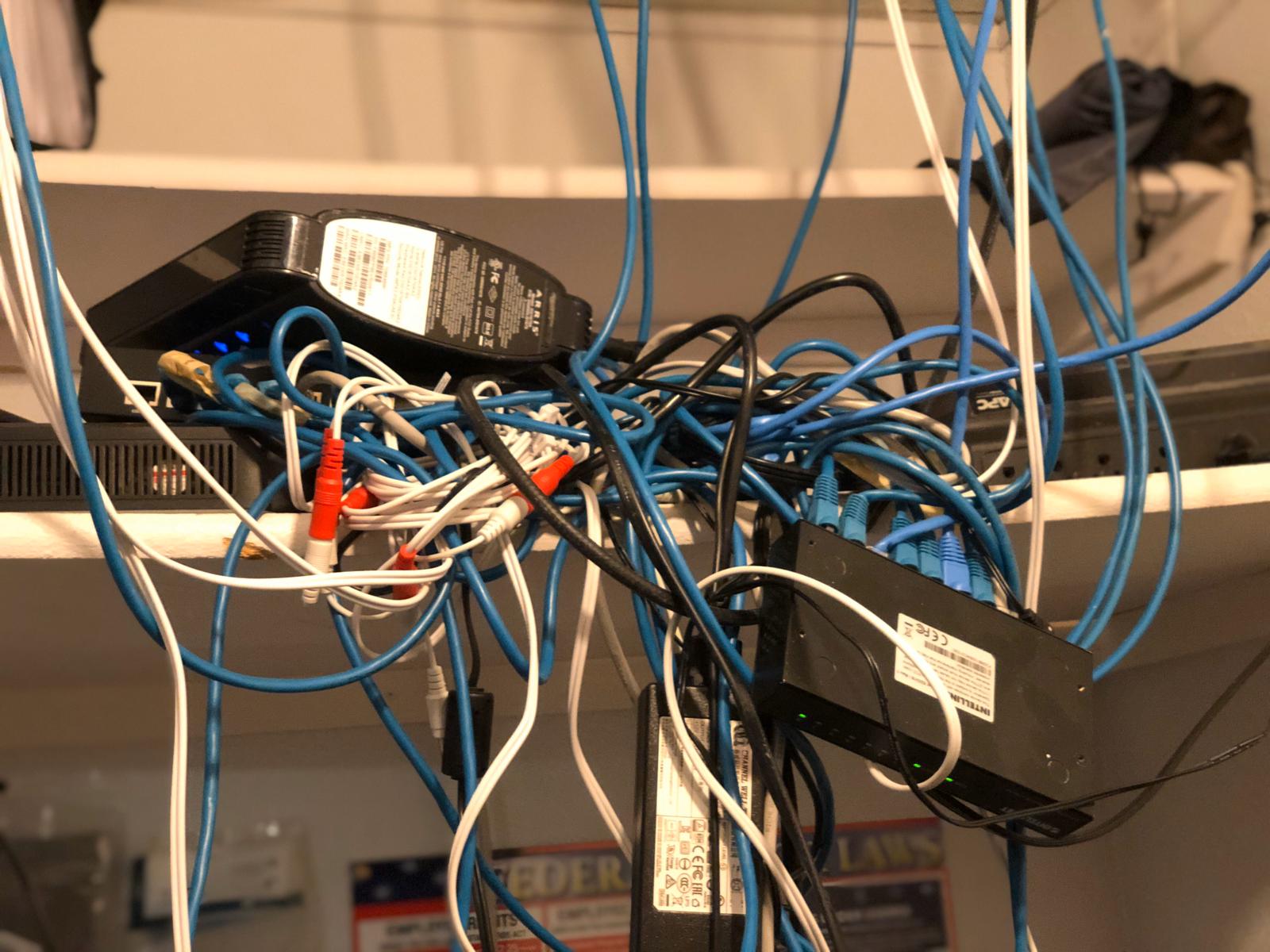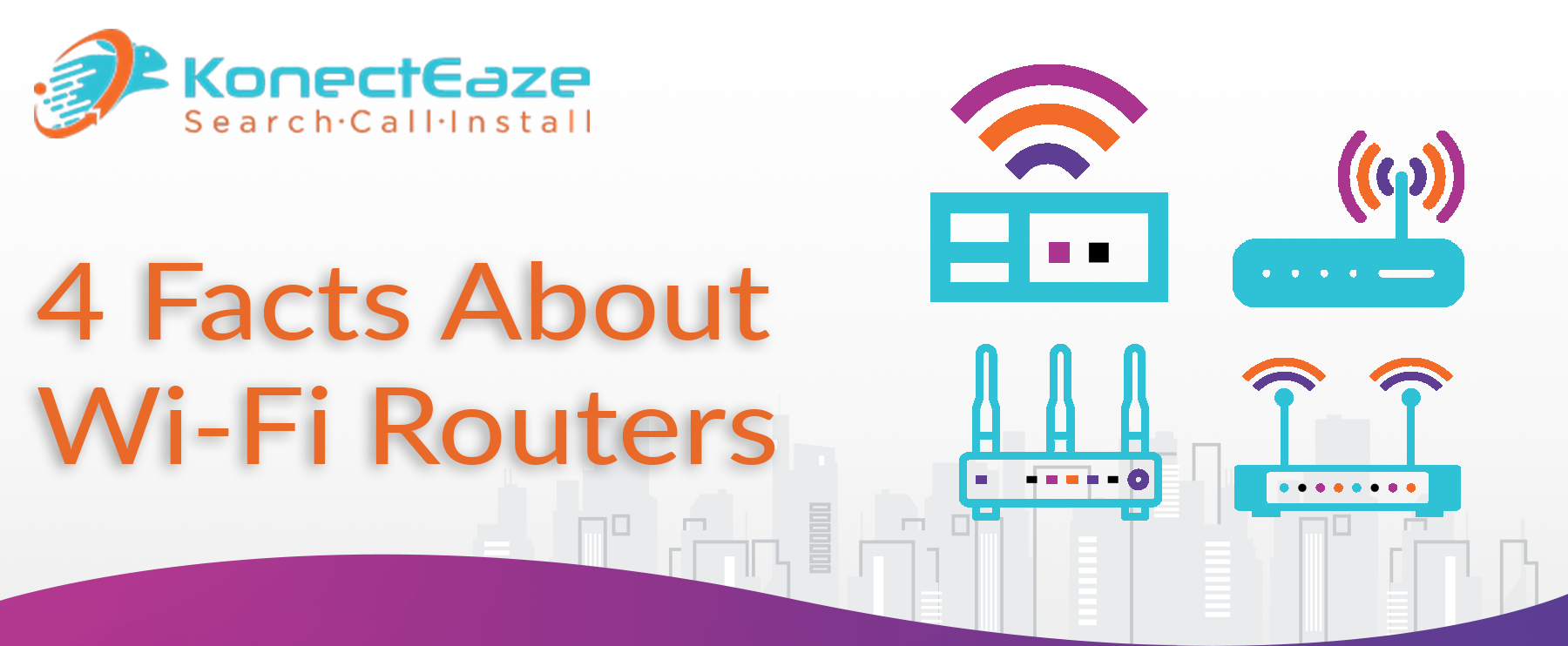Considering a switch to AT&T TV but not sure how it stacks up against other providers? Explore important factors to consider in our comprehensive review.
A Comprehensive Review of Everything You Need to Know About AT&T TV.
Did you know that 2018 marked the first time the number of scripted original TV shows on streaming services surpassed those on basic cable or broadcast? Or, that more American consumers now pay for a streaming service than a traditional pay-television subscription?
If you haven't gotten into the streaming game, now's the time to get started. Of course, with more than 200 streaming services to choose from, getting going can feel intimidating.
You'll also need fast internet, a smart TV, gaming console, and streaming device. Or, you can go with AT&T TV and avoid all of this hassle.
Of course, you'll pay more for the convenience. There are other factors you'll need to think about before getting into a contract with this "gateway" streaming service, too.
Read on for our full breakdown of AT&T TV and whether or not it's right for you.
What are the Pros and Cons of AT&T TV?
Did you know that AT&T comes with the best channel lineup of any streaming service? Or, that it boasts an enormous on-demand library and up to 500 hours of DVR storage? If these sound like compelling benefits to you, it's time to consider a switch.
That said, AT&T TV isn't right for everybody. For starters, it's more expensive than other streaming services, and it requires a minimum two-year contract.
If money isn't an object for you, and you don't mind a little commitment when it comes to your streaming services, however, then it might be your golden ticket.
What to Know About This Live TV Streaming Service
The first thing to understand about AT&T TV is that it bridges the gap between traditional cable services and today's streaming services. Besides requiring a two-year contract, the services increases between $30 and $50 per month in the second year. This price increase feels an awful lot like those sneaky practices we all once complained about with cable.
If you're looking for the best all-around channel lineup available on streaming, though, and can get over the sticker shock, then you probably won't care two hoots about the price jump in year two. Especially if you're forewarned and know it's coming.
Talk About Storage!
What's the frosting on the cake when it comes to AT&T TV? Five-hundred hours of DVR storage.
That's hard to pass up if you like to binge-watch new series. And who doesn't fall into this category right now?
If you're looking to economize and lower your monthly bill, then don't stop at AT&T TV. That said, if you're fed up with your current sad lineup of channels and want to spice things up a bit, AT&T's your service.
What's more, during year one, you'll enjoy a $50 per month special rate on their base package. That's nothing to sneeze at, considering all you receive with this package.
Sorting out AT&T's TV Products
AT&T has crafted five television products with names so similar it can get confusing. They include AT&T Watch TV and AT&T NOW. See what we mean?
Except for Watch TV, these packages also look very similar. You could even make the argument that they're essentially re-packaged versions of one another.
Nonetheless, you must understand the subtle and not-so-subtle differences between these three main packages before signing up. Let's do a quick dive into the differences between AT&T Watch TV, AT&T TV NOW, and AT&T TV.
What is AT&T Watch TV?
Unlike AT&T TV, AT&T Watch TV is the cheapest TV streaming service available, just $15 per month. From its limited channels to its frustrating mobile experience, you get what you pay for.
Although it offers some new channels and a decent lineup for the price, don't hold your breath when it comes to sports or local channels. You can only enjoy one stream at a time, and there's no cloud DVR storage.
Nonetheless, if all you're after is cheap streaming TV, this package has you covered.
What is AT&T TV NOW?
As for AT&T TV NOW? It represents a step up from AT&T Watch TV. Every plan includes HBO, which is fantastic for Westworld and Big Little Lies fans. It also has every local channel and supports three simultaneous streams.
It comes with 500 hours of DVR storage, but that's where the similarities to AT&T TV stop. Not only is it pricey (with seven packages ranging from $65 to $135 per month), but it features one of the worst channel lineups in streaming.
Sports fans should steer clear of this package as should Roku users. In essence, the best thing it has going for it is HBO. If that's not a must-have for you, then you'd do better to move along to AT&T TV.
What is AT&T TV?
So, what is AT&T TV? The latest live TV streaming service from the telecom mega-corporation. Although it contains some traditional cable package features, it still comes with the advantages of a streaming service.
It boasts a 4K streaming device at no extra charge. In theory, this equipment gives you television access to nearly every streaming app around. Despite the hype, though, many users still swear by other streaming devices like Amazon's Fire TV Stick or Roku.
To save a little money with AT&T TV and sweeten the deal, consider bundling your streaming contract with their internet service. Of course, you can also purchase it separately if you have an internet provider you swear by.
Like AT&T's other plans (except for DIRECTV), AT&T TV works by streaming live over the internet and onto your home screen. Its unique selling point remains the streaming device included with all packages. Remember, though, that you can also use the AT&T TV app on the streaming device or your smart TV.
How Much Does AT&T TV Cost?
AT&T’s two-year contract flies in the face of all other live streaming services, which remain month-to-month affairs. Like cable companies, the fees nearly double during your second year, so think carefully before signing up.
Of course, if you do go with a cable streaming services contract, make it AT&T TV. Why? Because you'll get your money's worth when it comes to the superior channel lineup.
What fees will you incur if you sign up for the contract and then decide it's not for you? You'll have to pay the $15 per month fee until your contract's up. There's also a $19.95 activation fee. However, you can get this waived when you sign up online.
What if you'd like more than one DVR? AT&T charges $10 per month for 12 months for every extra receiver you order.
What is AT&T TV's Channel Selection?
What does the channel lineup look like? The telecom giant's high-end streaming service comes with four options:
- Entertainment ($76.50 per month average)
- Choice ($87.50 per month average)
- XTRA ($99.50 per month average)
- Ultimate ($107.50 per month average)
Entertainment includes all of your favorite channels from Animal Planet to National Geographic, Discovery to Food Network. The other packages build from there, culminating with the Ultimate package and its Starz MSNBC offerings.
What channels won't you get?
- NFL Network
- ION
- PBS (only available through YouTube TV)
- Music Choice
- WGN America (not available on any streaming service)
- HSN (not available on any streaming service)
That’s an extremely short list. In other words, with AT&T TV, you gain access to just about every channel you could hope of watching.
What about premium networks? They represent the weak link in AT&T's offer.
You'll enjoy one premium channel for free for the first three months. After that, expect to pay $54 per month to add HBO, Showtime, EPIX, and Starz.
To sum it up, AT&T TV is by no means a cheap streaming TV option. No matter what you want to watch, however, you'll have access to it with this plan.
Streaming TV Services Comparison
Comparing AT&T TV to other TV streaming services, based on the most popular channels, underscores its stellar lineup. When considering the top 25 channels everyone wants, it boasts 21 of the 25 as opposed to runners up Hulu and fubo TV with 19.
When comparing the top 50 channels, AT&T TV has 40 as opposed to runner up fubo TV at 37. As for the top 100 channels people most want? AT&T TV provides 61 as opposed to fubo TV's 57.
What's the takeaway? AT&T TV contains the most extensive selection of both niche channels and top-end channels available through streaming. Of course, if it's premium channels that you're after, you may want to think again.
Sports Fans Will Pay
Some sports fans may also feel less than impressed. You can only access the channels that play local MLB, NHL, and NBA games through the Choice plan (starting at $87.50 per month) and the higher plans.
The package is also lacking a handful of channels that air national games from major American sports leagues such as NFL Network. That translates into five missed Thursday Night Football games in 2019 alone.
Again, like all things with AT&T, if you're willing to pay for one of the higher packages, you'll end up with the best sports line up available.
Overall User Experience
Besides channel selection, one of the other fantastic features of AT&Ts latest TV streaming proposition is that it streamlines everything. The company provides you with every piece of equipment that you'll need, including:
- A streaming device
- Dozens of live TV channels
- A remote
The streaming device is roughly the size of a portable CD player, and the remote allows you to quickly flip back and forth from Netflix to the big game. No need to deal with switching TV inputs or wrangling remote controls.
For those experienced with streaming, this may not prove compelling enough for a switch. If you're brand new to the game, however, you'll appreciate the ease of this self-contained design.
The interface is even organized by on-demand content, live channels, and separate streaming apps such as Netflix (not included in the package).
If you're rating user experience based on intuitive design and navigation, then AT&T has a winner with this product. As both a streaming device and a streaming service, it features a much smoother learning curve than other services.
The Internet Speeds Required for AT&T TV
For optimal results and uninterrupted streaming, AT&T suggests having a minimum of 8 Mbps of download speeds.
That said, if you're planning on streaming 4K content, you'll need a speedier service. For comparison, Netflix suggests approximately 25 Mbps to support its 4K Ultra HD TV streaming service.
Not sure how fast your current internet is? Check out the best internet speed test sites to find out.
Are Satellite Internet Providers Compatible with AT&T TV Like Hughesnet or Viasat?
How does AT&T TV perform with other internet providers such as HughesNet and Viasat Satellite?
HughesNet is a satellite internet provider powered by the world's highest-capacity broadband satellite. Customers enjoy speeds of 25 Mbps on every plan, making their service suitable for 4K streaming with AT&T TV. However, other providers like Viasat offer faster service.
Viasat Satellite has a well-established reputation when it comes to providing high-speed satellite internet to homes across the US. They offer plans with speeds of up to 100 Mbps, which ensures optimal TV streaming. Of course, you'll pay for these faster speeds.
Not sure whether HughesNet or Viasat is right for you? Check out our full comparison of these two providers and their packages.
What to Know Before Committing to AT&T TV
When it's all said and done, AT&T TV provides a compelling product if you're looking for just about every channel you can get your hands on and don't mind paying extra. Overall, its user experience proves satisfactory.
For individuals new to live TV streaming, the service also goes the extra mile by providing all necessary equipment and otherwise streamlining the service. AT&T TV even proves user-friendly in terms of the interface. You will, however, pay for this product and commit to a two-year contract.
Are you ready to find the best internet deals in your area? If so, we've got you covered. Contact us to see how we can help.


